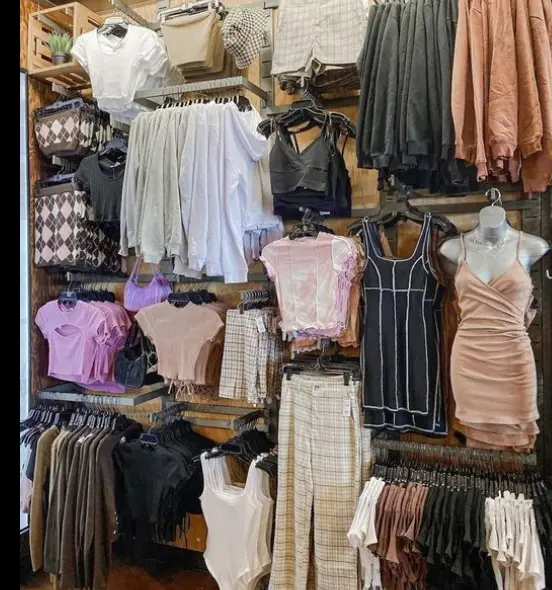This blog post answers the question; “Can you get scammed on Linkedin?” With the rise of social media as a platform for finding and connecting with professionals, Linkedin has quickly become one of the most popular sites for networking and job-seeking.

Unfortunately, this new technology comes with risks; while Linkedin can be an invaluable resource, it is also a prime target for scammers. In this article, we will explore how to recognize and avoid common scams on Linkedin so that you can confidently utilize the platform without fear of falling victim to malicious actors.
Can you get scammed on Linkedin?
Yes, you can get scammed on Linkedin. This social media platform has become a target for fraudsters looking to take advantage of unsuspecting users.
Fraudulent activity on Linkedin is usually perpetrated by con artists who employ deceptive tactics like impersonation, fake job offers and investment opportunities, among others.
Therefore, as a Linkedin user, you should be aware that the site’s large user base makes it an attractive platform for criminals looking to exploit its vast network.
As a result, it is important for you to exercise caution when engaging with strangers online and never provide any personal or financial information without first verifying the authenticity of the contact.
Additionally, if you ever receive a suspicious offer or message through Linkedin, be sure to report it immediately so that other users can also be alerted.

Commons Scams on Linkedin
Linkedin allows users to create profiles, build relationships with other professionals and even find jobs. Unfortunately, scammers have latched onto this platform as an easy way to target unsuspecting individuals.
The following are some of the most common scams seen on Linkedin:
Common scams on Linkedin include phishing emails asking for personal information or money, fake job postings offering high salaries and work-from-home opportunities, requests to join unsecure networks or click malicious links and impersonation scams where scammers pose as real people in order to gain access to your account information. All of these schemes aim at stealing your data or money so it is important to remain vigilant when using the platform.
Another type of scam involves a user posing as an employee from a legitimate company and requesting payment through an online payment system such as PayPal.
Also Read // Can you get scammed on Newegg? (Unmasking The Dark Side Of Newegg)
Scammers may also use fake job postings to entice unsuspecting users into giving away their personal information or sending money for “start-up costs.” These postings typically involve unrealistic income claims and require a sign-up fee.
Lastly, another scam on Linkedin is when scammers send messages claiming to be from the LinkedIn team itself, asking for passwords or credit card details in order to access premium features “for free” or upgrade account status.

How to Protect Your Linkedin Account
One of the risks associated with Linkedin accounts is data breaches that cause security threats. In order to protect your account from potential attacks and ensure that your information remains safe, it is essential to take precautionary measures.
The first step in protecting your Linkedin account is by creating a strong password. Your password should contain at least 8 characters with a combination of upper and lowercase letters, numbers, and special characters for added security.
Additionally, you should not use the same passwords for multiple accounts as this could leave you vulnerable if one of them is compromised. Another way to secure your account is by enabling two-factor authentication (2FA).
Also Read // Can you get scammed on Seatgeek? (3+ Unsuspicious Scams That Occur)
Tips for Avoiding Scams on Linkedin (Summary)
- Vet Your Connections
- Don’t Click on Suspicious Links
- Be Wary of Unsolicited Offers
- Check the Profile of the Person Contacting You
- Double-Check Any Requests for Money or Personal Information
- Report Suspicious Activity
- Take Time to Verify Contact Information
Reporting Linkedin Fraudulent Activities
If you encounter any suspicious activity or messages from an individual or company that doesn’t seem legitimate, you should flag it by clicking the “Report” button which can be found next to posts, comments, or messages sent by other users on Linkedin.
This will prompt a review of the flagged content by the Linkedin team who will then take appropriate action if necessary. Additionally, you can block any user or company engaging in inappropriate behavior so that they cannot contact you again through the platform.
Conclusion
To conclude, it’s important to be aware of the potential for scams on LinkedIn. We’ve seen that scammers use a variety of tactics, from fake job postings to over-the-top connection requests. Just because it’s LinkedIn doesn’t mean you’re immune.
To avoid falling victim to a scam, do your own research, take extra precautions when responding to unfamiliar messages, and consult trustworthy sources if something feels off. With the right steps, you can keep your account safe and secure on LinkedIn.
Also Read // Can you get scammed on Stubhub? (4+ Unsuspicious Scams That Occur)






